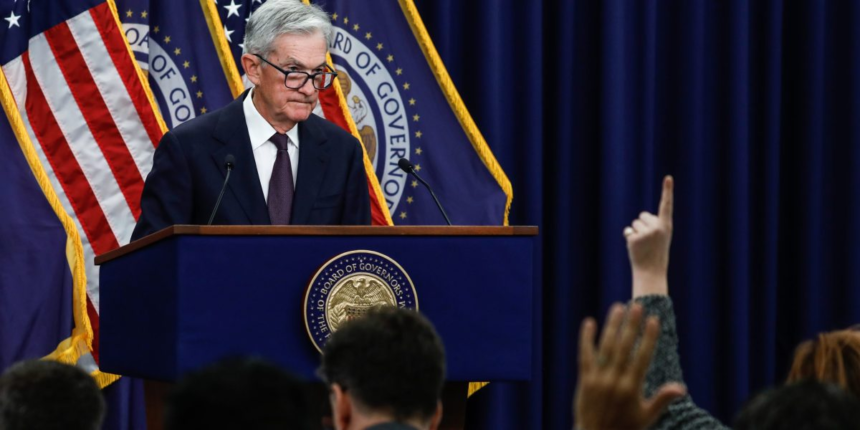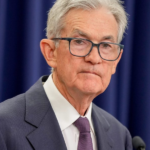On Wednesday, they got validation from an unlikely source: the chair of the Federal Reserve.
Jerome Powell said the U.S. is seeing “unusually large amounts of economic activity through the AI buildout,” a rare acknowledgement from the central bank that the surge is not only outsized, but also skewed toward the wealthy.
The comments underscore a widening concern at the Fed: that while headline GDP growth is holding above 1.5%, the composition of that growth is uneven, unlike previous booms in housing or manufacturing.
The imbalance reflects what Powell described as “a low firing, low hiring environment,” where layoffs remain rare but job creation has slowed to a crawl. That dynamic, combined with the concentration of economic gains in AI and among the wealthy, risks deepening inequality, and complicates the Fed’s attempt to balance its inflation and employment mandates.
That disconnect risks widening the gap between Wall Street and Main Street. While affluent households continue to spend freely and tech titans pour billions into data centers and chips, revised jobs data show the economy added just 22,000 positions in August, with unemployment edging up to 4.3%.
“Unusually large” AI investment may sustain top-line growth, Powell suggested, but it’s doing little to lift the broad labor market.
“The overall job finding rate is very, very low,” he said. “If layoffs begin to rise, there won’t be a lot of hiring going on.”









